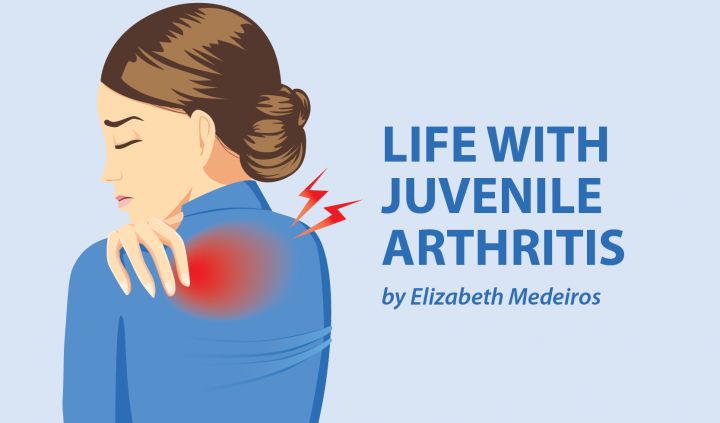I’ve always loved the first few days of summer. As a kid, I spent that time in the grass, enjoying the sun’s warmth. The sun’s heat was encompassing and comforting to my often cold, stiff body. As I used to put it, I was defrosting from the winter months.
As fall quickly approaches, I can’t help but feel a little anxious. While I love all the fun that comes with the changing of the seasons, the colder months can be difficult for someone with chronic pain. Your child with juvenile arthritis might feel the same way. The chilly weather can be tough on joints, and lifestyle changes associated with the fall and winter are not always arthritis-friendly.
Keep moving
Keeping active as possible is the best thing any child with arthritis can do for their body. Spring and summer often include fun, arthritis-friendly activities, such as biking and swimming. But many of these activities end in the fall and winter. The lack of activity can cause joints and muscles to feel stiffer and weaker.
Try to find activities your child can do in the cold weather. Teenagers may enjoy going to a gym to work out on the treadmill. Dance class, yoga, karate, and Zumba can also be fun options. But the best suggestion I can give is to find access to an indoor pool for the winter months. Swimming is a great exercise for arthritis, and an indoor, heated pool can be soothing for your child’s joints.
Layer up
Make sure your child has an extra sweater at school. In my experience, classrooms are kept cool. Kids with JA might find the temperature makes them feel stiff and uncomfortable and they may have trouble concentrating. Dressing in layers can help your child feel warm and less stiff. And thanks to current trends in fall fashion, you likely won’t have any opposition from your child — shawls and chunky sweaters are in!
Care inside and out
As the days get shorter and colder, many people notice they’re feeling blue more often. Seasonal depression affects many people, and kids with JA are no exception. It’s especially common for those of us living far away from the equator. It might be especially hard for your child if the cold weather exacerbates their condition.
Parents, be supportive of your child during the seasonal changes. Make sure your child is receiving appropriate amounts of vitamins and minerals, especially vitamin D. Don’t be afraid to consult a psychologist because sometimes kids really benefit from therapy. But most of all, try to be there for them; they may be in a lot of pain and having a hard time adjusting.
The positives
I think every season is beautiful. While the warmer months are sometimes easier to deal with, I think the colder months have their benefits, too. First of all, there are so many fun holidays to look forward to! Plus fall and winter shoes are more arthritis-friendly, and warm layers mean no one will notice braces or psoriasis. And I enjoy a restful snow day here and there! While colder months can be difficult for kids with juvenile arthritis, thinking of the positives can make things a little easier.
***
Note: Juvenile Arthritis News is strictly a news and information website about the disease. It does not provide medical advice, diagnosis, or treatment. This content is not intended to be a substitute for professional medical advice, diagnosis, or treatment. Always seek the advice of your physician or other qualified health provider with any questions you may have regarding a medical condition. Never disregard professional medical advice or delay in seeking it because of something you have read on this website. The opinions expressed in this column are not those of Juvenile Arthritis News, or its parent company, BioNews Services, and are intended to spark discussion about issues pertaining to juvenile arthritis.


